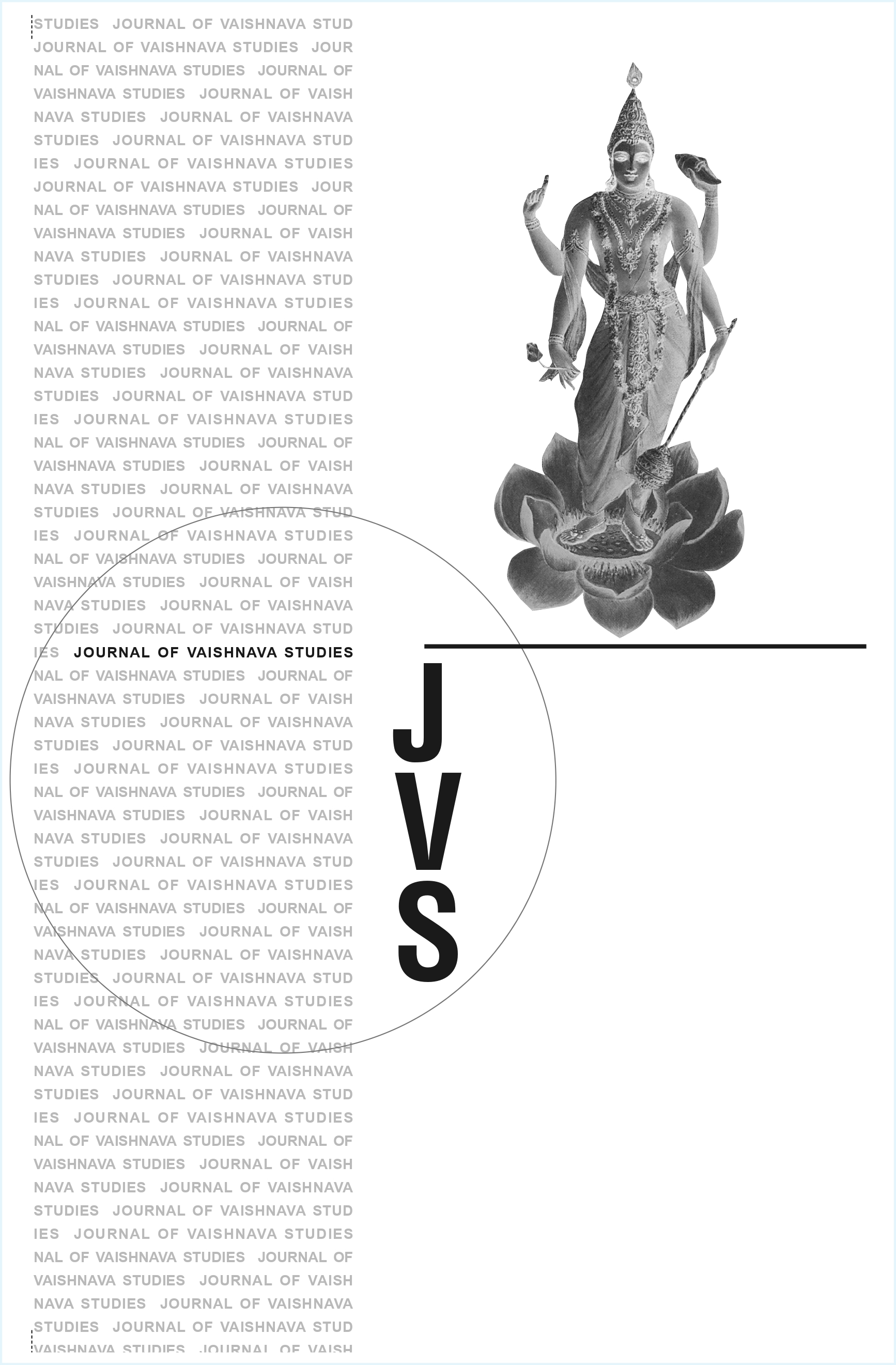“Vedic” in the Terminology of Prabhupāda and His Followers
Keywords:
Vedic, Prabhupada, ISKCON, Gaudiya Vaishnavism, Terminology, Scripture, Bhagavad Gita, Puranas, Mahabharata, Indology, Sruti, SmritiAbstract
The article "VEDIC IN THE TERMINOLOGY OF PRABHUPADA AND HIS FOLLOWERS" by Rahul Peter Das investigates the multifaceted understanding and application of the term "Vedic" by A. C. Bhaktivedanta Swami Prabhupada and his followers in the International Society for Krishna Consciousness (ISKCON). The study reveals that Prabhupada used "Vedic" in at least three distinct senses, which the author labels "Vedic1," "Vedic2," and "Vedic3." "Vedic1" aligns with the traditional Western Indological understanding, referring to the ancient Samhitas, Brahmanas, Aranyakas, and Upanishads. "Vedic2" represents a broader, more inclusive definition prevalent in Gaudiya Vaishnavism, encompassing texts like the Bhagavad Gita, Puranas (especially Bhagavata Purana), and Mahabharata, which are considered the essence or supplementary explanations of Vedic thought, and are regarded as having been compiled or explained by Vyasa. "Vedic3" is a narrower usage, sometimes differentiating only the Samhitas from the Upanishads. The article also notes Prabhupada's occasional use of "Veda" to refer to the sacred scriptures of other religions. Das highlights the potential for confusion arising from these multiple meanings and examines how Prabhupada's disciples have subsequently interpreted and applied this terminology in their own writings.Published
1998-06-20
Issue
Section
Articles





